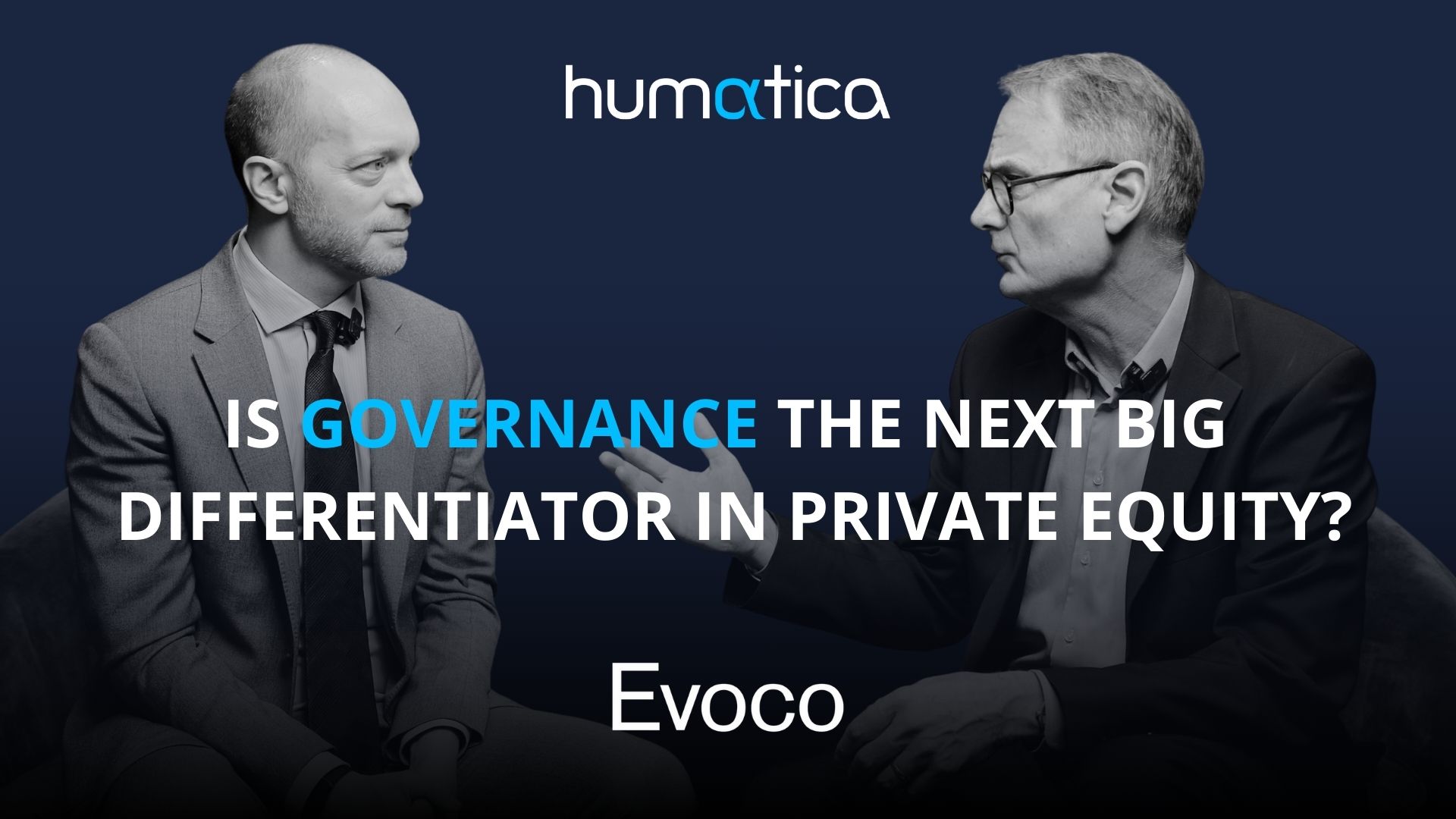
Scaling has become a favorite private equity buzzword. It shows up in nearly every deal thesis, investment committee, and boardroom conversation. Scaling is the fulcrum that determines whether growth expands multiples through operating leverage or erodes them through chaos.
Operating leverage enables revenues to grow faster than costs, with systems and people working in sync. Without it, growth delivers chaos: fragmented processes, strained management bandwidth, and hidden inefficiencies that quietly erode margins and multiples.
Scaling is ultimately a ratio problem. Growth ambitions only create value if the organization’s capacity to execute expands at least as fast as revenue.
But organizations are not linear. They’re complex, adaptive systems where small misalignments multiply as the business grows. Decision rights, reporting lines, and cross-functional interfaces — if these aren’t designed and managed effectively, they create frictions in the organization that compound faster than efficiency improvements.
That’s when growth doesn’t just slow — it destabilizes. Economists call this diseconomies of scale: when size introduces complexity faster than efficiency can keep up. In private equity, it’s what happens when growth initiatives or M&A outpace the operating model’s readiness.
When execution capacity expands in line with ambition, the opposite occurs. Interfaces are streamlined, processes reinforce each other, and managers focus on the right priorities. Complexity becomes manageable, operating leverage kicks in, and growth compounds into resilience, margins expand, and value creation accelerates.
Scaling is therefore not linear. It’s a dynamic race to anticipate and expand execution capacity faster than complexity rises. Get that ratio right, and scale produces durability and premium multiples. Get it wrong, and scale collapses under its own weight.
Scaling isn’t the responsibility of one group alone. It requires investors, executives, and operating partners to align on ambition and an operating model. Each plays a distinct role, and each should be asking hard questions:
PE sponsors need to move beyond asking “How big can this get?” to also asking:
– “What evidence do we have that this organization is capable of executing at the pace of our value creation plan?”
– “Where are the hidden bottlenecks in decision-making processes or managerial capacity?”
– “Do we have visibility not just at the C-suite, but several layers down, where execution truly happens?”
Executives need to recognize that scaling is a system design challenge, not just a heroic effort. They should ask:
– “Where are fragmented processes or strained bandwidth limiting throughput?”
– “Do we have agile decision-making and aligned priorities across functions?”
– “Have we built the connective tissue — inputs and outputs between teams — that allows execution to scale with ambition?”
And Operating Partners need to serve as the bridge between investors and executives, ensuring ambition is grounded in execution reality. They should ask:
– “Is the operating model truly fit-for-purpose for the growth thesis, or are we scaling on a shaky foundation?”
– “Are capital and management bandwidth being focused on the levers that actually drive scale and value?”
– “How do we maintain transparency that ambition is being translated into results — with operating data that builds confidence?”
We see this most vividly in post-merger integrations. On paper, a roll-up promises cost synergies and cross-sell growth. But if decision rights aren’t clarified, governance aligned, and commercial processes integrated, complexity multiplies. Instead of leverage, the business inherits three different operating models, conflicting cultures, and a management team overwhelmed by firefighting. Synergies evaporate, and multiples shrink.
When investors, executives, and operating partners align on scaling as a shared system-design imperative, the outcome flips: complexity is harnessed, operating leverage compounds, and value creation accelerates. That alignment is what separates durable scale from diseconomies of scale.
Scaling is private equity’s shorthand for growth — but it also marks the fault line between value creation and underperformance.
When it’s engineered through the right operating model and implemented with discipline, scale becomes the deal team’s greatest ally and the foundation for generating alpha. When it isn’t, it triggers complexity, delays, and lost value.
Humatica’s experience shows that anticipating the need for new structures, roles, management processes, and IT systems — just ahead of when they’re required — is the key to avoiding value leakage. Get the scaling challenge right, and growth compounds into outsized value. Get it wrong, and it erodes returns.
The choice is stark — scale can be the source of alpha, or the cause of value destruction.

In today’s private equity landscape, the classic levers of value creation are no longer enough. As markets evolve and competition intensifies, governance is emerging…
Read more
Measuring organizational performance is difficult, especially in a way that is both systematic and genuinely useful for decision-making. In a recent Alpha Talks conversation, Ueli…
Read more
Unpacking the root causes behind underperformance and how to resolve them It’s a familiar scene: Over dinner, a client lamenting inconsistent results across their portfolio…
Read moreErhalten Sie jeden Monat Neuigkeiten und wertvolle Perspektiven zu Themen der organisatorischen Effektivität